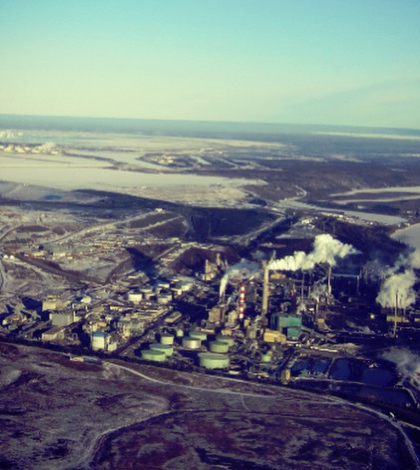Increased Algal Growth In Canadian Oilsands Lakes Linked To Global Warming

The Athabasca oilsands. (Credit: Queen's University)
In a collaborative effort between government and academia, Queen’s University researchers investigating a puzzling increase in algal growth in remote lakes in the Athabasca oilsands of Northern Alberta, Canada found the answer at last to the persistent mystery. They discovered that the enhanced production was not a result of aerially distributed nutrients from industrial activities as first believed. Instead, scientists linked the elevated growth to global warming.
Lake sediment cores were used to detect algal growth history and the presence of industrial contaminants. The study included 23 remote lakes with undisturbed catchments located away from industrial operations.
While contaminants from industrial activity were present in the lake sediment cores, and although industrial activity can increase nutrient availability to algae, algal growth seemed most strongly linked to increased climate warming. The warming results in decreased ice cover and longer growing seasons, both variables that are conducive to algae increases.
A previous study had sampled six lakes in the region, but data were insufficient to determine the cause of enhanced algal growth.
Top image: The Athabasca oilsands. (Credit: Queen’s University)




0 comments